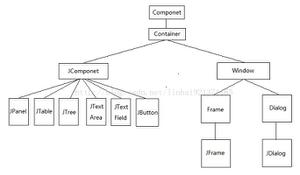list.insert()在python中实际做了什么?
我有这样的代码:list.insert()在python中实际做了什么?
squares = [] for value in range(1, 5):
squares.insert(value+1,value**2)
print(squares)
print(squares[0])
print(len(squares))
,输出是:
[1, 4, 9, 16] 1
4
所以,即使我问蟒蛇索引“2”插入“1”,它插入第一个可用指数。那么'插入'如何做出决定?
回答:
从Python3 doc:
list.insert(i, x)在指定位置插入一个元素。第一个参数 是之前插入的元素的索引,因此 a.insert(0,x)插入列表的前面,并且a.insert(len(a), x)等同于.append(X)。
什么没有提到的是,你可以给一个超出范围的索引,然后Python将追加到列表中。
如果你深入到Python implementation您发现ins1函数,它插入如下:
if (where > n) where = n;
所以基本上Python会最大程度的发挥你的索引列表的长度。
以上是 list.insert()在python中实际做了什么? 的全部内容, 来源链接: utcz.com/qa/259180.html








